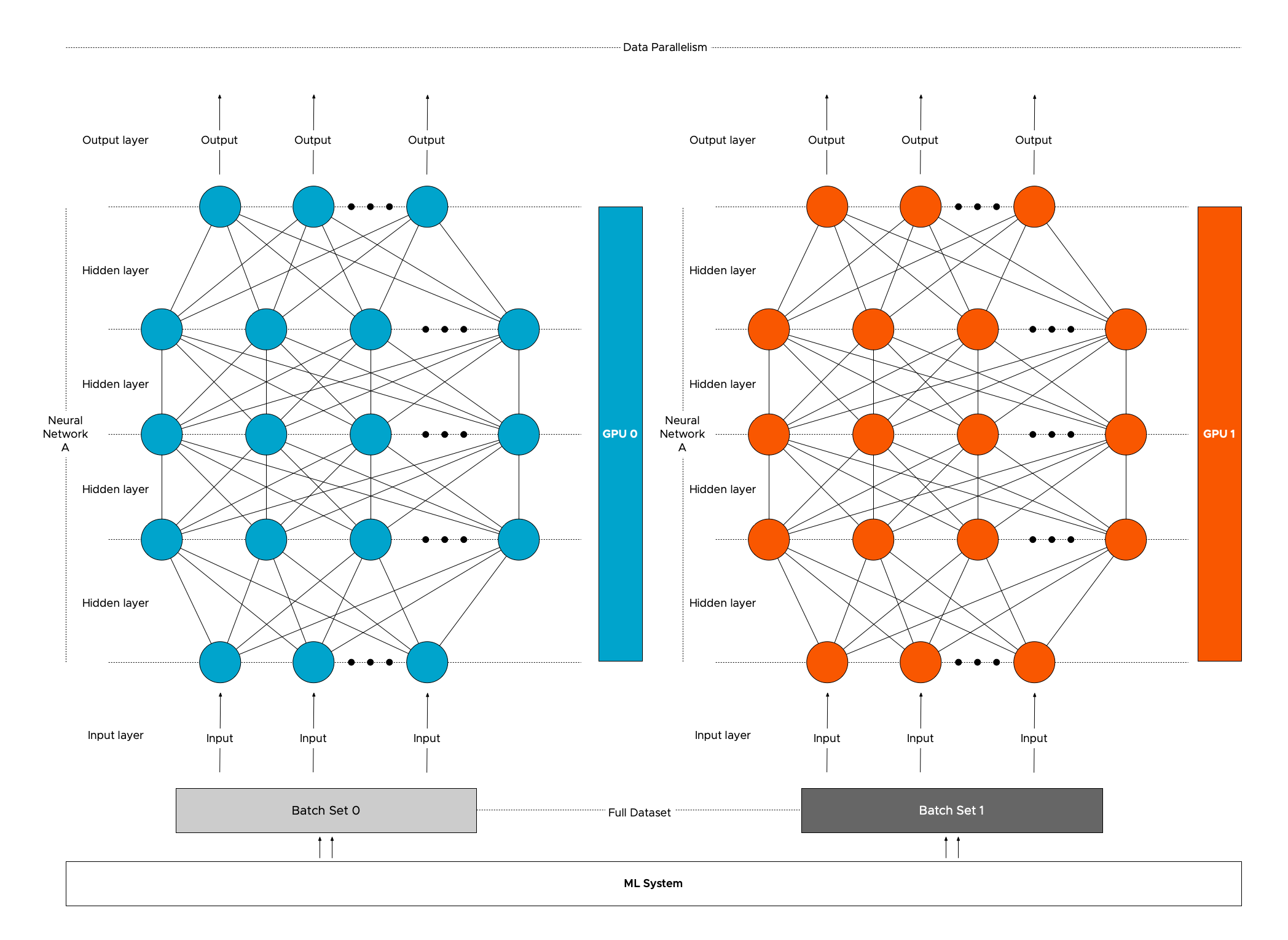
You’ll see examples of real performance comparing to the peak performance soon. But anyway, peak performance is a proxy for the real-world performance, so treat it wisely. Maybe even once we’ll have a special AI to solve this optimization problems (like Google did it in its papers ).
Fp64 gpu neural networks software#
So here is a niche for special-purpose software to optimize you DL-related calculations, and NVIDIA TensorRT is a one example of such class of software, dedicated specifically to inference (but I think it generally works on the higher levels than I described), others could be implemented into DL frameworks (like we have optimization options in compilers) and special libraries. Moreover it requires a completely different skill set and expertise, with the low level understanding of GPU architecture (or several architectures). Maybe it is achievable, but I had not seen any DL developer wanting to spend time on such hardcore optimizations instead of working with the neural networks themselves. It’s because to achieve the peak performance you have to heavily optimize your calculations, keeping all parts of the processing pipeline optimally loaded, avoiding bottlenecks and so on. More correctly to say, the real performance can be far behind the peak performance (and you’ll see it below). Important: Peak performance can be very far from the performance on the real tasks. But anyway, FP32 is a good common ground, because you’ll see that there are many caveats with others. So, you may see other charts with larger numbers.

This is not the only option to measure, you’ll learn about FP16/FP64/INT8 soon. Important: This is FP32, a single-precision float, performance. There are some activities and I’ll return to AMD at the end of the post. For the inference they are good as well, but here may play other factors (like size, power consumption, price, etc) depending on the target system you are developing a neural network (NN) for.Īmong GPUs the NVIDIA ones are beyond comparison, because almost every DL framework supports NVIDIA GPUs while have no support of AMD GPUs. The training is much more calculation intensive process than the inference, and GPUs are especially important for the training mode. The most modern DL systems are a mix of CPU and GPU, where the GPU does the heavy lifting, and CPU is responsible for loading the data into/from the memory of a graphics card and orchestrating the calculations. Matrix multiplications, the core of DL right now, are among these. Modern GPUs contain a lot of simple processors (cores) and are highly parallel, which makes them very effective in running some algorithms. The latest Tesla GPUs are based on the Volta architecture and in addition to CUDA cores also have Tensor cores which are dedicated for deep learning, massively speeding up training time.GPUs, Graphics Processing Units, are specialized processors originally created for computer graphics tasks.

However, this is not true for all Pascal GPUs, which is why we don’t recommend GeForce cards in our Deep Learning systems. In contrast, Tesla are GPUs based on the Pascal architecture can process two half precision (FP16) calculations in one operation, effectively halving the memory load leading to a big speed up in Deep Learning.

Similarly, many older Tesla cards such as those based on the Kepler architecture were optimised for single (FP32) and double (FP64) precision and so are not such a good choice for Deep Learning. For instance, while most GeForce gaming cards are optimised for single precision (FP32) they do not run FP16 significantly faster. Most Deep Learning only requires half precision (FP16) calculations, so make sure you choose a GPU that has been optimised for this type of workload.


 0 kommentar(er)
0 kommentar(er)
